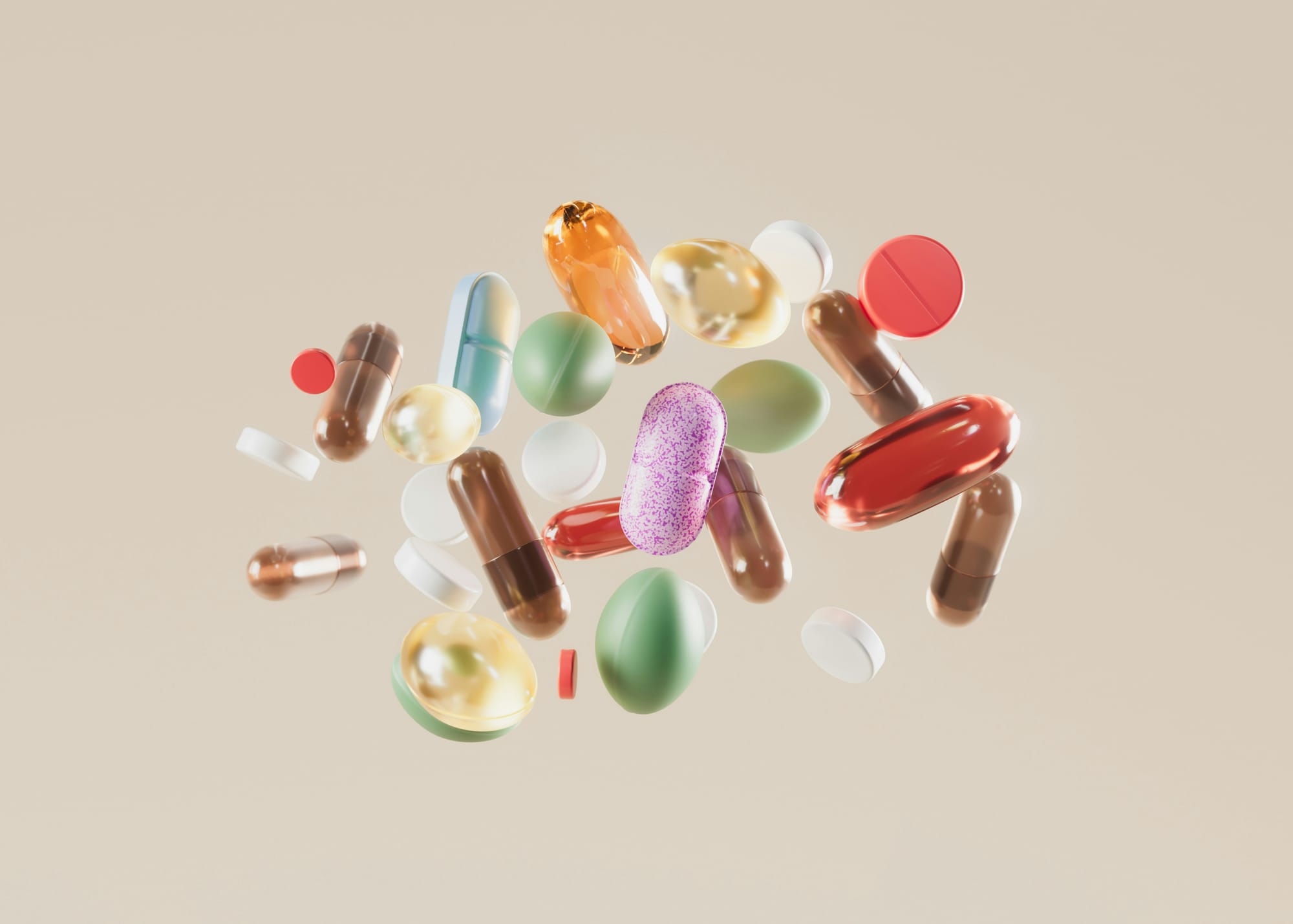When you think of pharma giants, you might picture lab-coated scientists or behind-the-scenes deals with hospitals and pharmacies. But a seismic shift is underway—Big Pharma is stepping directly into your living room, inbox, and smartphone app. In a bold response to both policy pressure and consumer demand, pharmaceutical leaders like Eli Lilly, Pfizer, and Novo Nordisk are embracing direct-to-consumer (DTC) sales, and the ripple effects are set to redefine access, affordability, and the patient experience in the U.S.
The New Prescription: Direct to You
For decades, pharmaceutical companies have relied on an interconnected web of prescribers, pharmacy benefit managers, and retail pharmacies to get medications to patients. That middleman maze is now facing disruption. Leading the charge is Eli Lilly, which launched LillyDirect, a virtual platform allowing patients to get online consultations and have drugs delivered straight to their door—no insurance or pharmacy line required. Pfizer quickly followed with PfizerForAll, connecting patients not only to telehealth services but also promoting their signature medications for migraines and COVID-19 treatments. Novo Nordisk also joined the fray, focusing on high-demand treatments for diabetes and weight loss.
“The direct sales of drugs to consumers have enormous implications for how consumers will get their drugs in the future,” writes pharmaceutical analyst Scott Hamilton. “Cutting out the middlemen gives drug companies a better ability to lower drug prices and build lasting relationships with their customers.”
Top Pharma Companies’ DTC Initiatives
| Company | DTC Platform | Signature Drugs | Launch Date | Notable Features |
|---|---|---|---|---|
| Eli Lilly | LillyDirect | Zepbound, Trulicity | Jan 2025 | Virtual visits, recurring delivery |
| Pfizer | PfizerForAll | Paxlovid, Nurtec | Aug 2024 | Telehealth, Rx delivery, info hub |
| Novo Nordisk | Unnamed Platform | Ozempic, Wegovy | Early 2025 | Online refill, weight mgmt focus |
Why Now? Pressure, Tech, and the GLP-1 Revolution
Several key dynamics fuel this transformation:
- Regulatory Push: In May 2025, a presidential directive challenged pharma CEOs to lower U.S. drug prices and open DTC channels, or face stricter government action. This top-down urgency accelerated the rollout of consumer-friendly platforms.
- Consumer Demand: High-demand drugs, especially new GLP-1s for diabetes and weight loss, are often excluded from insurance plans. DTC lets consumers bypass insurance denials and access therapies via cash-pay models.
- Technology and Telehealth: The pandemic normalized virtual medical visits and digital health management, making online ordering seamless and accepted by American consumers.
Advantages for Patients (and Pharma)
Direct-to-consumer sales promise:
- Convenience: No more long waits at the pharmacy—the process is as simple as a few clicks.
- Transparency: Patients see upfront what they will pay, with no hidden insurance machinations.
- Privacy: Care for sensitive conditions such as mental health or weight management can happen from the privacy of home.
- Empowerment: Patients have more control and choice, often receiving real-time information and education from the company itself.
“DTC sales in pharma empower patients to take a more active role in their health management,” says Robin Glass, president of digital health firm Included Health. “It’s about meeting people where they are—and where they want to be.”
Caveats: Risks and Regulatory Questions
However, this new frontier is not without challenges:
- Potential for Overprescribing: Critics warn that easy access could encourage inappropriate or excessive use, especially for high-cost drugs.
- Bias Toward Name Brands: There’s a risk of patients being steered toward expensive branded drugs instead of generics.
- Loss of Oversight: Bypassing traditional pharmacists and doctors can reduce clinical checks and patient counseling, potentially compromising safety.
Policymakers are watching closely. Health Secretary Robert F. Kennedy Jr. is pushing for “radical transparency” and greater oversight, while some experts call for new standards around DTC advertising and digital prescribing.
The Bottom Line
Big Pharma’s embrace of DTC sales is more than a marketing pivot—it’s a reimagining of the American healthcare journey. For families seeking access, convenience, and information, the promise is bright. But as with any disruption, the key will be balancing empowerment and transparency with safeguards for patient safety and affordability.
In the words of Lily's CEO David Ricks, quoted recently:
“Healthcare should be accessible, affordable, and consumer-driven. Direct engagement with patients is not just about business innovation—it’s about meeting the needs of Americans in real-time.”
As this trend unfolds, expect continued innovation—and a surge in lively debate—about just what it means to “talk to your doctor” when the pharmacy is now quite literally at your fingertips.




Discussion